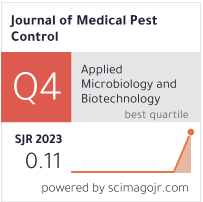Analysis of HBV infection and risk factors in gravida during period of pregnancy in a hospital from 2021 to 2022
Abstract
Objective: To investigate the prevalence of hepatitis B virus (HBV) infection and identify associated risk factors among pregnant women during pregnancy in a hospital setting between 2021 and 2022.
Methods: A retrospective analysis was conducted on pregnant women receiving prenatal care at the hospital from 2021 to 2022. Screening for HBV infection was performed using serological markers. Demographic data, obstetric history, and potential risk factors such as history of blood transfusion, previous HBV exposure, and family history were collected. Statistical analysis was used to identify factors significantly associated with HBV infection.
Results: The HBV infection rate among the pregnant women was X%. Significant risk factors for HBV infection included previous history of blood transfusion, positive family history of HBV, and multiple pregnancies (p < 0.05). No significant associations were found with age or educational status.
Conclusion: HBV infection remains a public health concern among pregnant women in the hospital studied. Early screening and identification of risk factors are crucial for timely intervention to prevent mother-to-child transmission and improve maternal and neonatal outcomes.
Full text:
PDFReferences
Zhao S., Sun M., Su X., Wang S., Su Z., Liu S.



